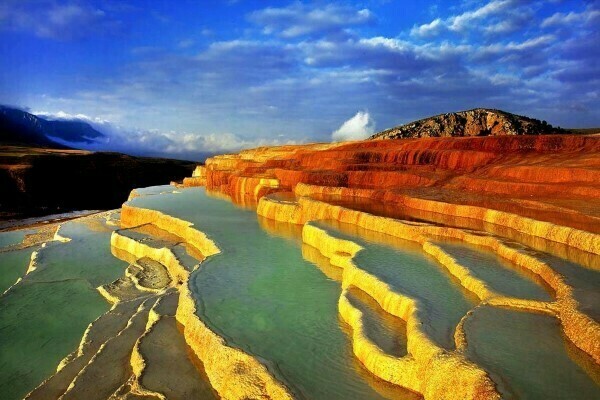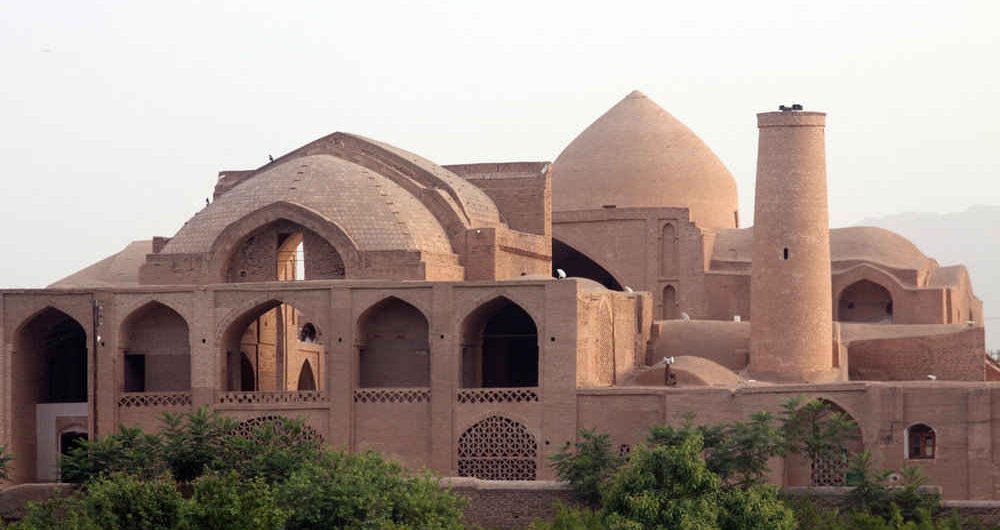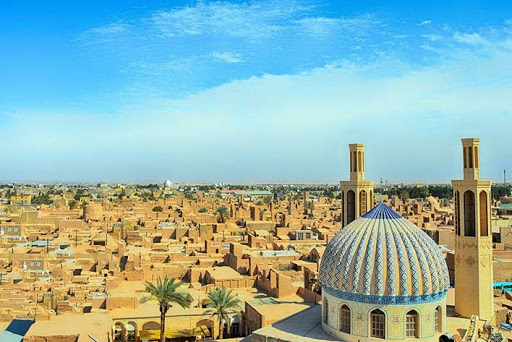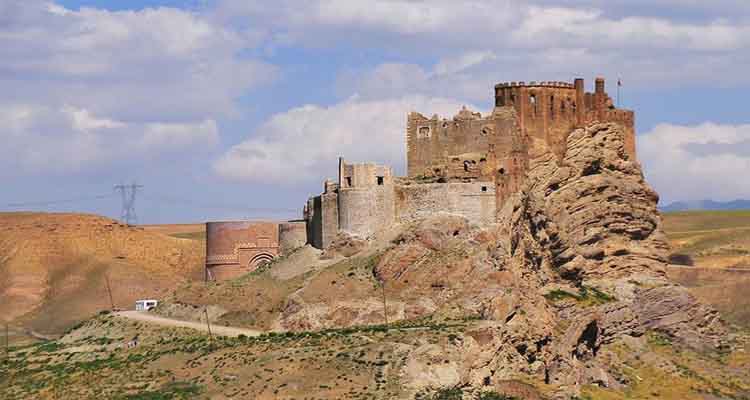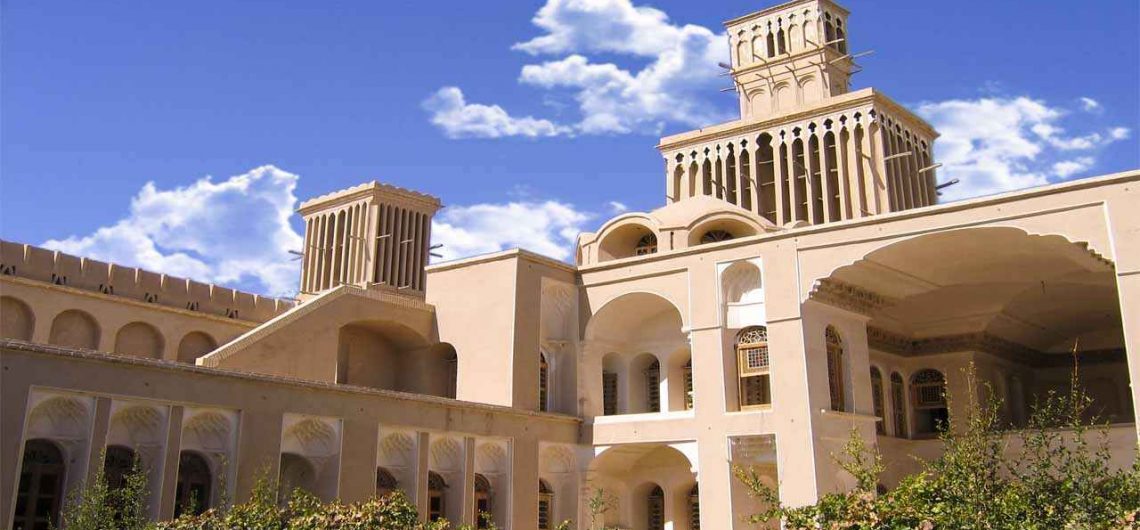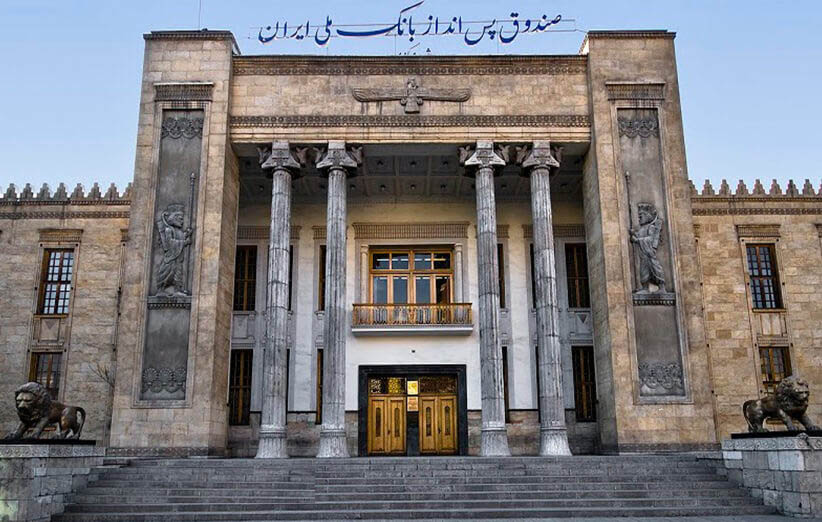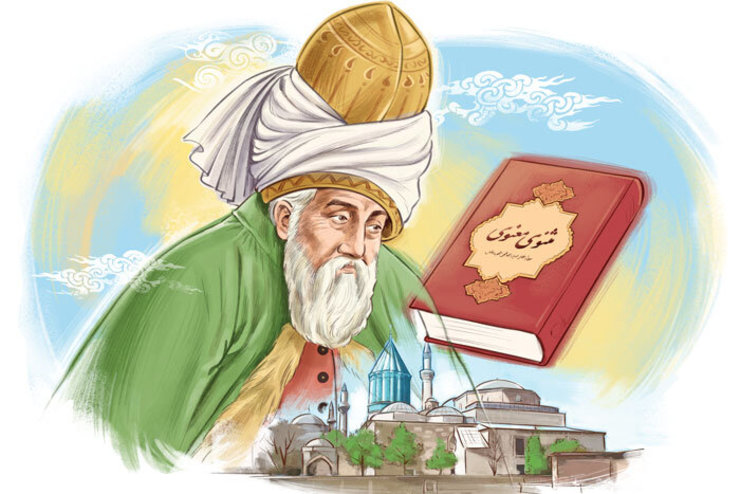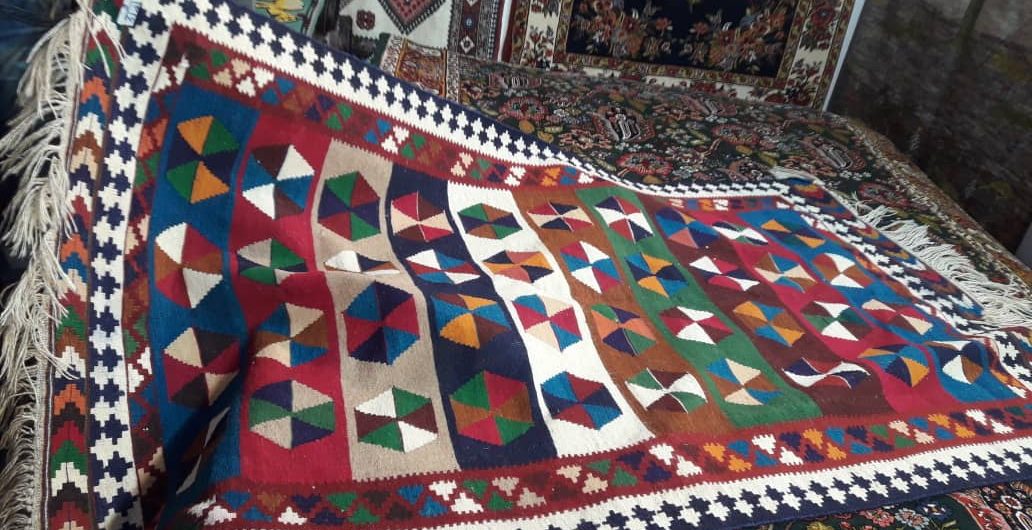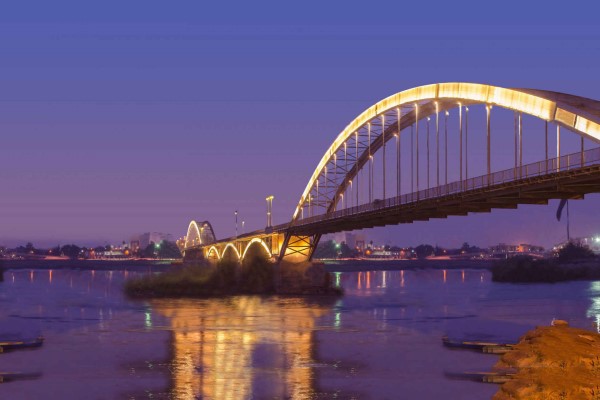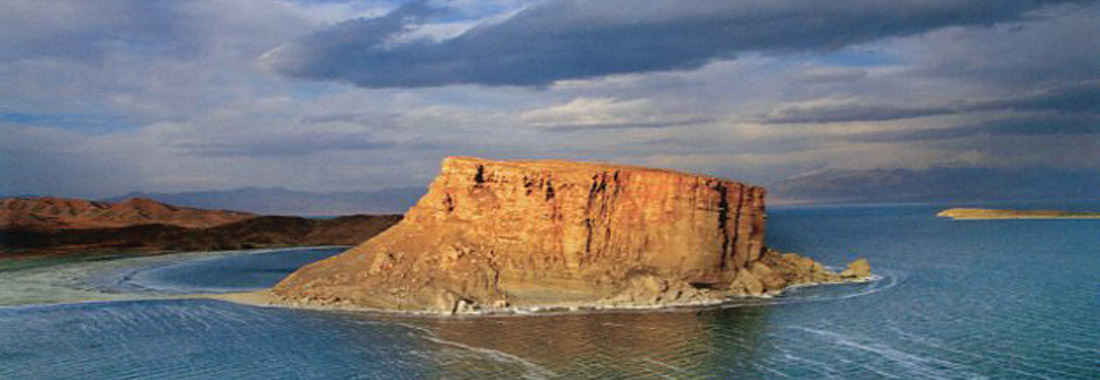Mevlana Yalal ad-Din Muhammad Rumí Nació en 1207 en Balj, en la provincia del Gran Josrasán de Persia (actual Afganistán), en el seno de una familia farisea. Su padre, Baha ad-Din, era un reconocido erudito religioso. Bajo su patrocinio, Rumí recibió su educación temprana de Syed Burhan-al-Din. A la edad de unos 18 años, para evitar las invasiones mongolas, se trasladaron hacia el oeste a través de Irán, Irak y Siria, conociendo a famosos escritores y místicos, como el venerado poeta Attar, autor de la más bella parábola espiritual en lengua persa, “El lenguaje de los pájaros”. La huida de la familia terminó en 1226 en la ciudad anatoliana de Konya, capital del sultanato selyúcida turco de Rum, que da nombre al poeta. Rumi se instaló allí, enseñó y compuso hasta su muerte en 1273. A pesar de que los sultanes de Konya se vieron obligados a pagar tributo a los mongoles en 1243, la ciudad siguió siendo un refugio para la cultura islámica, reuniendo a mentes excepcionales procedentes de lugares lejanos en tiempos difíciles. Mevlana fue enviado a Alepo (la actual Siria) para recibir una educación avanzada y luego a Damasco. Continuó su formación hasta los 40 años, aunque cuando su padre murió, Rumí le sucedió como profesor en la famosa madrasa de Konya a la edad de unos 24 años. Recibió su formación mística primero de Syed Burhan al-Din, y luego fue entrenado por Shams-e Tabrizi. Se hizo famoso por su visión mística, sus conocimientos religiosos y como poeta persa. Él enseñó a un gran número de discípulos en su madrasa y también fundó la orden sufí de los derviches Mevleví e instituyó el ritual de la danza extática por el que aún hoy se conoce a los “Derviches Giróvagos”. Murió en 1273 en Konya (actual Turquía), que
Mevlana
Yalal ad-Din Muhammad Rumí
Nació en 1207 en Balj, en la provincia del Gran Josrasán de Persia (actual Afganistán), en el seno de una familia farisea. Su padre, Baha ad-Din, era un reconocido erudito religioso. Bajo su patrocinio, Rumí recibió su educación temprana de Syed Burhan-al-Din. A la edad de unos 18 años, para evitar las invasiones mongolas, se trasladaron hacia el oeste a través de Irán, Irak y Siria, conociendo a famosos escritores y místicos, como el venerado poeta Attar, autor de la más bella parábola espiritual en lengua persa, “El lenguaje de los pájaros”. La huida de la familia terminó en 1226 en la ciudad anatoliana de Konya, capital del sultanato selyúcida turco de Rum, que da nombre al poeta. Rumi se instaló allí, enseñó y compuso hasta su muerte en 1273. A pesar de que los sultanes de Konya se vieron obligados a pagar tributo a los mongoles en 1243, la ciudad siguió siendo un refugio para la cultura islámica, reuniendo a mentes excepcionales procedentes de lugares lejanos en tiempos difíciles. Mevlana fue enviado a Alepo (la actual Siria) para recibir una educación avanzada y luego a Damasco. Continuó su formación hasta los 40 años, aunque cuando su padre murió, Rumí le sucedió como profesor en la famosa madrasa de Konya a la edad de unos 24 años. Recibió su formación mística primero de Syed Burhan al-Din, y luego fue entrenado por Shams-e Tabrizi. Se hizo famoso por su visión mística, sus conocimientos religiosos y como poeta persa. Él enseñó a un gran número de discípulos en su madrasa y también fundó la orden sufí de los derviches Mevleví e instituyó el ritual de la danza extática por el que aún hoy se conoce a los “Derviches Giróvagos”. Murió en 1273 en Konya (actual Turquía), que posteriormente se convirtió en un lugar sagrado para los derviches de la orden Mevleví.
Escucha el ney, y la historia que cuenta,
cómo canta acerca de la separación:
Desde que me cortaron del cañaveral,
mi lamento ha hecho llorar a hombres y mujeres.
Deseo hallar un corazón desgarrado por la separación,
para hablarle del dolor del anhelo.
Todo el que se ha alejado de su origen,
añora el instante de la unión.


